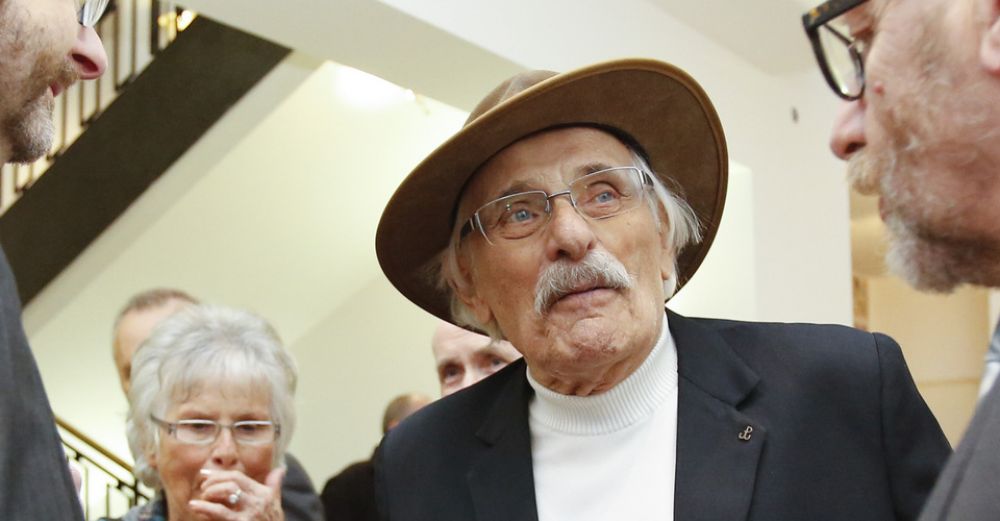- News
- Events
- Oneg Shabbat
- Collections
- Research
- Exhibitions
- Education
- Publishing Department
- Genealogy
- About the Institute
- Bookstore


Samuel Willenberg’s sculptures do not leave anyone indifferent. Prisoners removing dead bodies from the cattlecars at Treblinka to the Lazarett, A prisoner sorting the belongings of people murdered at Treblinka, The Treblinka inmates’ revolt. The titles themselves suggest terrifying experience of the prisoner at Treblinka. They are reflected in the works made in bronze. The sculptures have been numerously presented around the world and this year they will be presented in photographs also during the events commemorating the 70th anniversary of the outbreak of the revolt in the extermination camp at Treblinka.
Jews on the platform, leaving the cattlecar in Treblinka

A big building standing next to the platform was supposed to resemble a regular railway station. It had a clock, information boards and a fictitious timetable. In fact, it was a storehouse for the belongings taken from the victims.
Father helping his son take off his shoes

After leaving the cattlecars, people were led deeper into the camp. They were welcomed by the following sign:
“Attention Warsaw Jews! You are in a transit camp from which the transport will continue to labour camps. To prevent epidemics, clothing as well as pieces of baggage are to be handed over for disinfection. Gold, money, foreign currency, and jewellery are to be deposited at the “Cash Office” against a receipt. They will be returned later on presentation of the receipt. For physical cleanliness, all arrivals must have a bath before travelling on.”

Young girl
To one of Samuel Willenberg’s duties belonged cutting hair of Jewish women being taken to the gas chambers. He especially remembered twenty-year-old Rut Dorfman. After decades, he recreated her face in his sculptures.
The Treblinka inmates’s revolt
“When we reached the fence, we saw a terrible sight. A human mass forming a kind of bridge was lying on the barbed wires and barriers. From two sides, from the watch-towers, there were constantly flying bullets from machine guns. I waited a while and as if having wings, I jumped over the fence on the dead bodies of my friends.”

The photographs have been taken from the website of Museum of Struggle and Martyrdom in Treblinka